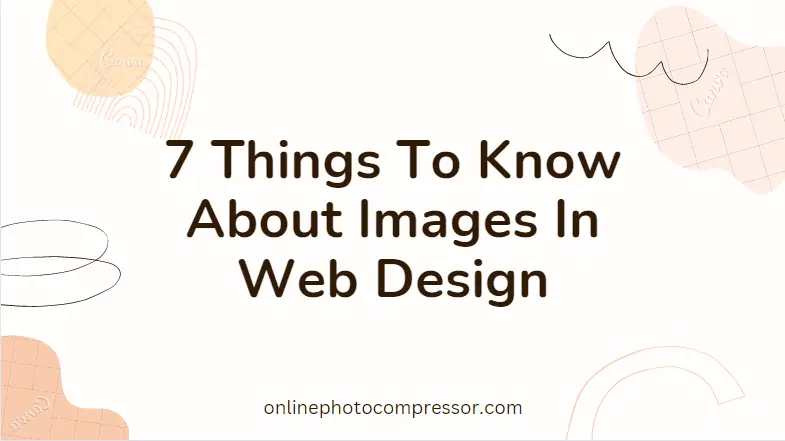
7 Things To Know About Images In Web Design
Creating a web design looks fun, right?
Well, until you are asked to include web-designing images in it!
Web designs spread positivity about your business, and web design images help you retain traffic by engaging them with your website!
But, some people still don’t know what perks these web design images hold for them - and we are putting up this guide below!
Below, you will learn seven possible things about images in web design!
Images attract attention and evoke emotions
Images are an easy way to improve the user experience of your website. Ninety percent of all the information we perceive and transmit to our brains is visual. Images can help you grab the attention of your visitors and direct your attention.
They can be very helpful in presenting important information. Plus, images are a great emotional trigger that you can use to attract visitors and keep them engaged with your content.
Real images come in handy with their Aura!
Human images are a very effective way to engage your visitors. We love that it recognizes all the human elements on the web.
It made us feel connected with other people, not just a coded website.
Other people's faces, in particular, catch our attention, and not only that, we even follow their line of sight.
If you use face images in your designs, consider carefully where they can attract attention. Don't use stock photos; use high-quality photos of people who fit your site's character.
Logos play an essential role in navigating!
The company logo is the only image you are most likely to find on any website. A logo plays a very special role by doing two things.
First, it helps visitors identify the website and gives them confidence that they are where they want to be. Second, if you display your logo on every page of your website, your visitors can be sure that they haven't left your website. Try always to position the logo in the same place.
Especially if you offer different content that requires different page layouts, offering this consistent introductory element can be invaluable.
Including meaningful full web designing images goes a long way!
When using images, it's important to know why. Don't just use it to clear up too much free space or because you've heard people like it.
For each image on your site, you should be able to answer two questions.
The first is why you used this particular web design image and didn’t consider the other options.
Secondly, why you placed this web designing image on this particular place and not any other space over your design?
If you don't know the answer to either of these two questions, take a moment to think about it.
Note that you should only use images that support your content in some way. Either because they show relevant information, prove a point you made elsewhere, or convey a sentiment that supports your message
Background images create an atmosphere
Background images are a great way to create a unique atmosphere on your website or to give visitors an instant impression of the content of your website.
Every background is there to impact your visitors positively, and while including images, you need to know if this image would create the aura you want. Then apply it to your design and test it to ensure it has the desired effect.
Background images can easily make your website look cluttered, for example, when there is no clear distinction between the background and the content.
In this collection of websites, you'll find some great examples of websites with large background images that work.
Don't make graphics look like banner ads
Something you want to avoid is making your website images look like banner ads.
People don't like ads and, over the years, have learned to ignore them. So if you place a banner-format image at the top of your site or on the side, there's a high chance that people won't see it.
In this case, you can't display it and keep your page clean or change its shape and position to integrate it better into your design.
The clickable text on images
It has become popular to use images instead of text for links. In general, that's not bad, as images have more attention potential and are usually larger, making them easier to click.
Don't forget to label them. While good text links are self-explanatory, images are often not self-explanatory and therefore need to be labeled to let people know where they are headed.
Final Verdict!
Images aren’t there for capturing space on your website! They are there to make your content look more appealing and visually attractive - hence you need to pay attention to these web design images!
We believe e tips above will help you familiarize yourself with web designing images!